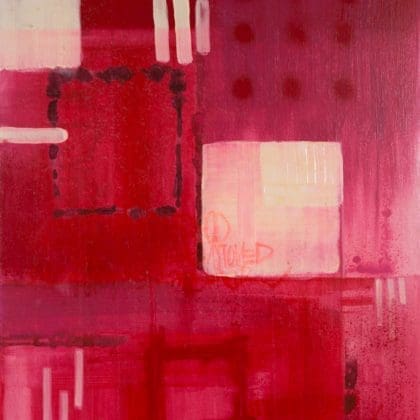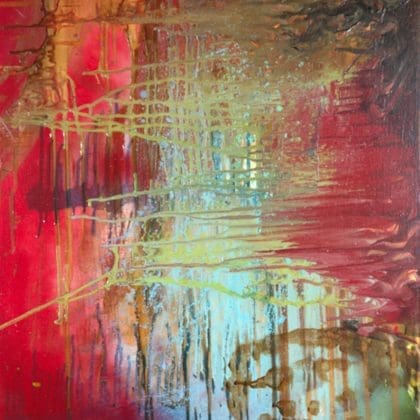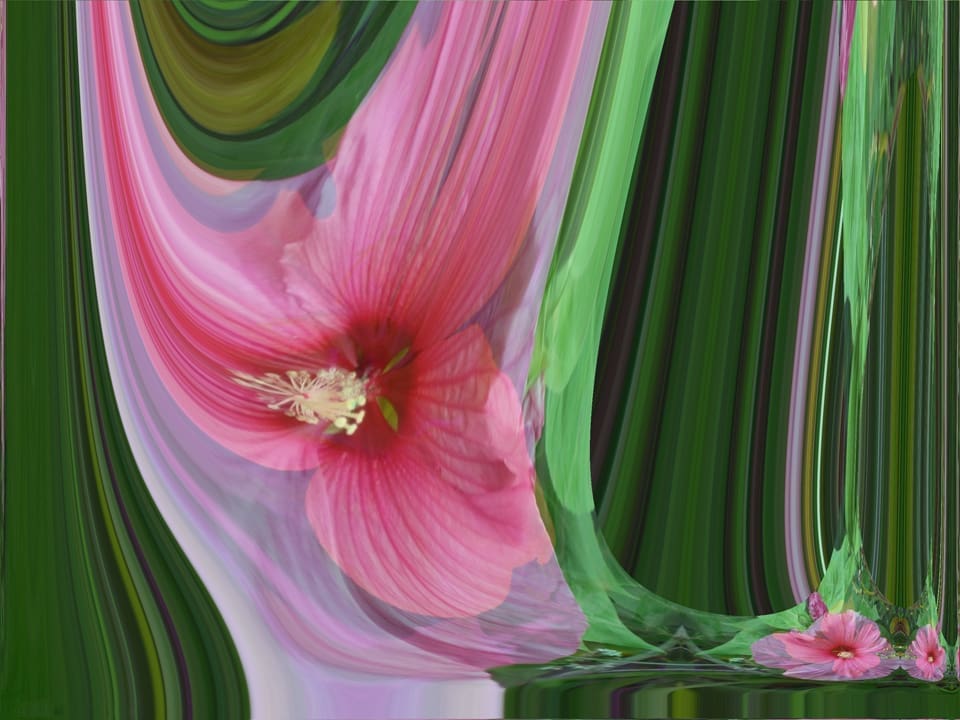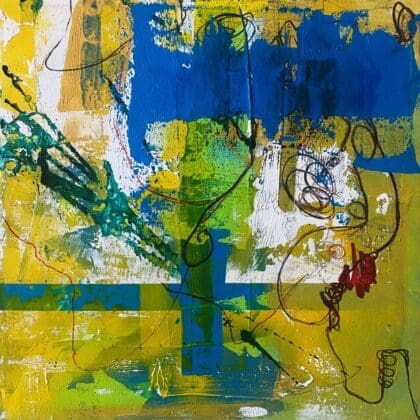As a creator, understanding color theory is crucial for developing your unique artistic voice and enhancing the impact of your work. The way you use color can evoke emotions, create depth, and convey meaning. This article will explore essential color theory concepts, offering practical tips to help you elevate your palette choices and make your artwork more captivating.
1. The Color Wheel: Your Foundation
The color wheel is a fundamental tool that can guide your color decisions. It consists of primary, secondary, and tertiary colors.
A. Primary Colors
Red, Blue, Yellow: These colors cannot be created by mixing other colors and serve as the building blocks for all other colors.
B. Secondary Colors
Green, Orange, Purple: These are formed by mixing two primary colors.
Example: Mixing blue and yellow creates green.
C. Tertiary Colors
Mixing a Primary and a Secondary: This creates colors like red-orange and blue-green, adding depth to your palette.
2. Understanding Color Harmonies
Color harmonies are combinations of colors that create visual balance and appeal. Familiarizing yourself with these can enhance your work’s emotional impact.
A. Complementary Colors
Opposite on the Color Wheel: Colors like red and green or blue and orange.
Use: Create high contrast and vibrant effects. They can make each other appear more intense.
B. Analogous Colors
Next to Each Other on the Wheel: Such as blue, blue-green, and green.
Use: Create a harmonious and cohesive look that’s pleasing to the eye.
C. Triadic Colors
Three Equally Spaced Colors: For example, red, yellow, and blue.
Use: Achieve balance and variety. This harmony can add excitement to your artwork.
3. Color Temperature: Warm vs. Cool
Understanding the emotional responses associated with warm and cool colors can influence the mood of your artwork.
A. Warm Colors
Examples: Red, orange, yellow.
Effect: Evokes feelings of energy, warmth, and passion. Great for creating a dynamic focal point.
B. Cool Colors
Examples: Blue, green, purple.
Effect: Conveys calmness, tranquility, and serenity. Ideal for backgrounds or to create depth.
C. Balancing Warm and Cool
Mixing Temperatures: Use warm colors to draw attention and cool colors to recede, creating a sense of depth.
4. The Psychology of Color
Colors evoke different emotions and reactions. Understanding these can help you communicate your intended message through your artwork.
A. Red
Emotion: Passion, anger, love.
Use: To create strong focal points or convey urgency.
B. Blue
Emotion: Calm, trust, sadness.
Use: For peaceful landscapes or to evoke introspection.
C. Yellow
Emotion: Happiness, energy, optimism.
Use: To add brightness and cheerfulness to your composition.
5. Practical Tips for Applying Color Theory
Now that you understand the fundamentals, here are actionable tips for incorporating color theory into your work:
A. Create a Color Palette
Limit Your Colors: Start with a few colors to create harmony. Consider using a color wheel to choose your palette.
Test Your Palette: Create small sketches or swatches to see how your colors interact before committing them to a larger piece.
B. Use a Color Mixing Guide
Experiment with Mixing: Use guides or apps to help you mix colors accurately, especially when creating custom shades.
Document Your Mixes: Keep a journal of your mixing recipes for future reference.
C. Seek Feedback
Ask Peers for Opinions: Share your work and get feedback on your color choices. Different perspectives can provide valuable insights.
Join Art Communities: Engage in online forums or local groups to discuss color theory and receive critiques.
Conclusion: Take Action to Elevate Your Color Choices!
Color theory is an essential skill for any creator looking to enhance their work and express their artistic vision effectively. By understanding the color wheel, color harmonies, temperature, and psychology, you can make informed choices that elevate your palette.
Now it’s time to take action: Choose one aspect of color theory to explore today. Whether it’s creating a new color palette for your next piece, experimenting with color mixing, or studying the emotional impact of colors, dive into the world of color and see how it transforms your art. Your vibrant, expressive journey awaits—let’s get started!
Color theory essentials to elevate your palette choices.
Last updated on September 15, 2024Unlock the power of color in your artwork. This crash course in color theory will help you make informed palette decisions to enhance the impact and mood of your creations.
↜ back to all journal entries




